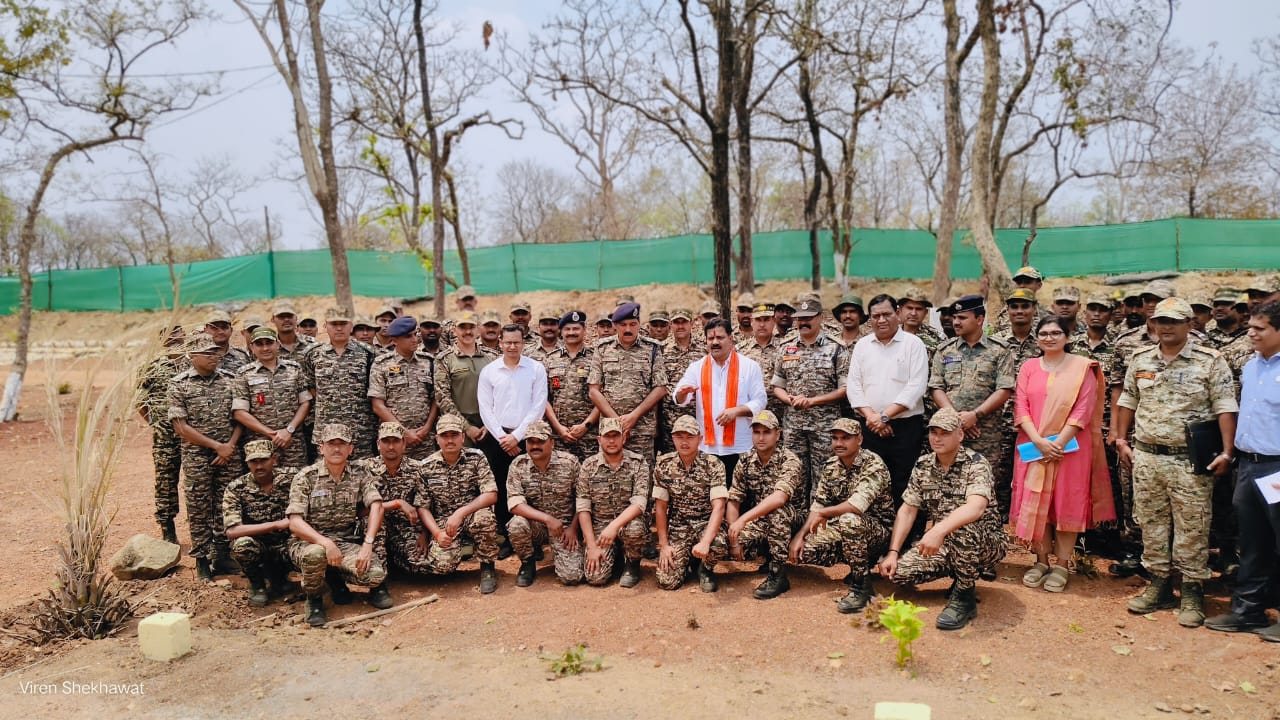From Red to Growth Corridor
Subhashis Mittra 
India’s
multi-pronged strategy against Left-Wing Extremism (LWE) has significantly
weakened the insurgency, both territorially and operationally. The government’s
focus on a blend of security, development, and rights-based empowerment has
transformed the landscape in previously affected areas. With sustained
political will, administrative commitment, and people’s participation, the
vision of a LWE-free India is closer than before.
Rooted in socio-economic inequalities and fuelled by Maoist ideology,
LWE has historically affected some of the most remote, underdeveloped, and
tribal-dominated regions of the country. The movement has aimed to undermine
the Indian state through armed rebellion and parallel governance structures,
particularly targeting security forces, public infrastructure, and democratic
institutions. Originating from the Naxalbari movement of 1967 in West Bengal,
it spread primarily across the ‘Red Corridor’, affecting states like
Chhattisgarh, Jharkhand, Odisha, Maharashtra, Kerala, West Bengal, Madhya
Pradesh, and parts of Andhra Pradesh and Telangana. The Maoist insurgents claim
to fight for the rights of the marginalised, particularly tribal communities,
but their methods include armed violence, extortion, destruction of
infrastructure, and recruitment of children and civilians.
However, in recent years, India’s multidimensional counter-LWE strategy—combining
security enforcement, inclusive development, and community engagement—has
delivered significant success. The movement has been systematically weakened,
violence has drastically declined, and many LWE-affected districts are being
reintegrated into the national mainstream. The government of India is committed
to eliminate LWE by 31 March 2026, as it is seen as the biggest obstacle in the
development of remote areas and tribal villages, preventing education,
healthcare, connectivity, banking, and postal services from reaching these
villages.
The number of LWE affected districts reduced from 126 to 90 in April
2018, 70 in July 2021 and further to 38 in April 2024. Out of total
Naxalism-affected districts, number of ‘most affected districts’ has been
reduced from 12 to 6, which include four districts from Chhattisgarh (Bijapur,
Kanker, Narayanpur, and Sukma), one from Jharkhand (West Singhbhum), and one
from Maharashtra (Gadchiroli). Similarly, out of the total 38 affected
districts, the number of districts of concern, where additional resources need
to be intensively provided beyond the severely affected districts, has reduced
from nine to six.
These six districts are: Andhra Pradesh (Alluri Sitarama Raju), Madhya Pradesh (Balaghat), Odisha (Kalahandi, Kandhamal, and Malkangiri), and Telangana (Bhadradri-Kothagudem). Due to persistent action against Naxalism, number of ‘other LWE-affected districts’ has also decreased from 17 to 6. These include districts from Chhattisgarh (Dantewada, Gariaband, and Mohla-Manpur-Ambagarh Chowki), Jharkhand (Latehar), Odisha (Nuapada), and Telangana (Mulugu). In the last 10 years, ove
Subscribe To Force
Fuel Fearless Journalism with Your Yearly Subscription
SUBSCRIBE NOW
We don’t tell you how to do your job…
But we put the environment in which you do your job in perspective, so that when you step out you do so with the complete picture.







